Snapping in Hip
- No painful injections
- No unnecessary surgery
- No expensive medications
Snapping in Hip
- No painful injections
- No unnecessary surgery
- No expensive medications
What is Snapping Hip Syndrome?
- Front. Snapping at the front of the hip can involve the hip flexor muscle rolling over the front of the hip bone, or the hip ligaments rolling over the thigh bone or tissues of the hip joint.
- Side. This condition involves the ITB (iliotibial band) rolling over the outer thigh bone or the big muscle on the back of the hip (gluteus maximus) sliding over the outer thigh bone.
- Back. This condition involves one of the hamstring muscles rolling over the bottom of the hip bone.
How Does Hip Snapping Syndrome Feel?
- Snapping or popping in the front, side, or back of hip when lifting, lowering, or swinging the leg
- Weakness in the leg when trying to lift it forward or sideways
- Tightness in the front or back of the hip
- Swelling in the front or side of the hip
- Difficulty performing daily activities such as rising from a chair and walking
How Is Hip Snapping Syndrome Diagnosed?
- How you injured your hip and if you heard a pop when you suffered the injury
- If you feel snapping, popping, or pain
- Where you feel the snapping or pain
- If you experienced a direct hit to the leg
- If you saw swelling in the first 2 to 3 hours following the injury
- If you experience pain when lifting your leg forward or backward, walking, changing directions while walking or running, or when lifting the knee
- If you participate in any repetitive, forceful, or plyometric (quick explosive jumping) sport activities.
- Asking you to lift your leg quickly
- Asking you to push against the physical therapist’s hand when he or she tries to push your leg outward, backward, and forward (muscle strength test)
- Gently feeling the muscle to determine the specific location of the injury (palpation)
How Can a Physical Therapist Help Treat Hip Snapping Syndrome?
- Rest the injured hip by avoiding walking or any activity that causes pain. In rare cases, crutches may be recommended to reduce further strain on the muscles when walking.
- Apply ice packs to the affected area for 15 to 20 minutes every 2 hours.
- Consult with another health care provider for further services such as medication or diagnostic tests.
Reduce Pain
Improve Motion
Improve Strength
Certain exercises will benefit your injury at each stage of recovery, and your physical therapist will choose and teach you the appropriate exercises that will restore your strength, power, and agility. These may be performed using free weights, stretchy bands, weight-lifting equipment, and cardio exercise machines such as treadmills and stationary bicycles. For snapping hip syndrome, muscles of the hip and core are often targeted by the strength exercises.Speed Recovery Time
Return to Activities
Prevent Future Re-injury
If Surgery Is Necessary
Can Hip Snapping Syndrome be Prevented?
- Warming up before starting a sport or heavy physical activity. Your warm-up should include stretches taught to you by your physical therapist, including those for the muscles on the front, side, and back of the hip.
- Gradually increasing the intensity of an activity or sport. Avoid pushing too hard, too fast, too soon.
- Following a consistent strength and flexibility exercise program to maintain good physical conditioning, even in a sport’s off-season.
- Wearing shoes that are in good condition and fit well.
To Get A "Insider's Look" At Our Treatment Approach And How We Get Results...
Click Below To Watch Our Exclusive Webinar! It's Simple, Short, and It's Free!

- Learn The Essential First Step... So You Can Get Pain Free Again
- See Why Treatment Needs To Be Individualized, Not Standardized...So You Get Faster Results!
- Learn How You Can Save Money...So You Don't Have To Waste $1000's On Unnecessary Treatments
Solve the root cause of your pain
How Our Treatment is Different
We believe that working with a specific specialist for your care is the best way to solve the root cause of your pain. Work one-on-one with a Doctor of Physical Therapy every time your visit our office.
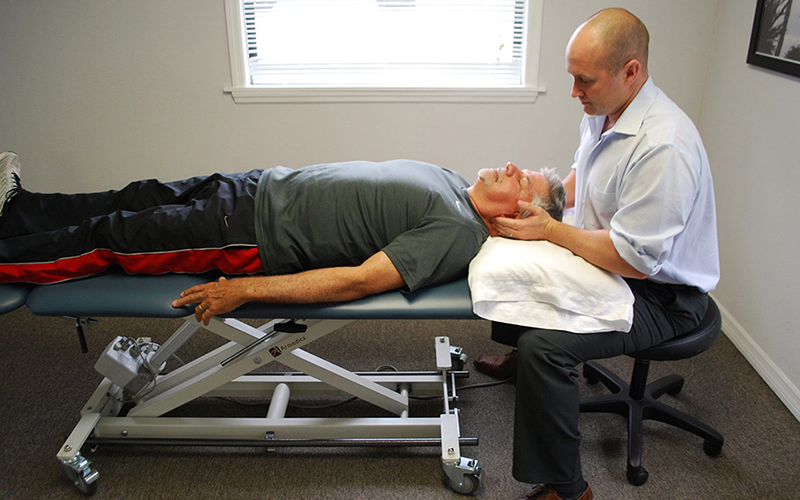
Exclusive one-on-one patient care
While most clinics will give you a limited amount of time with your Doctor, we believe that true results come from consistent one-on-one therapy.
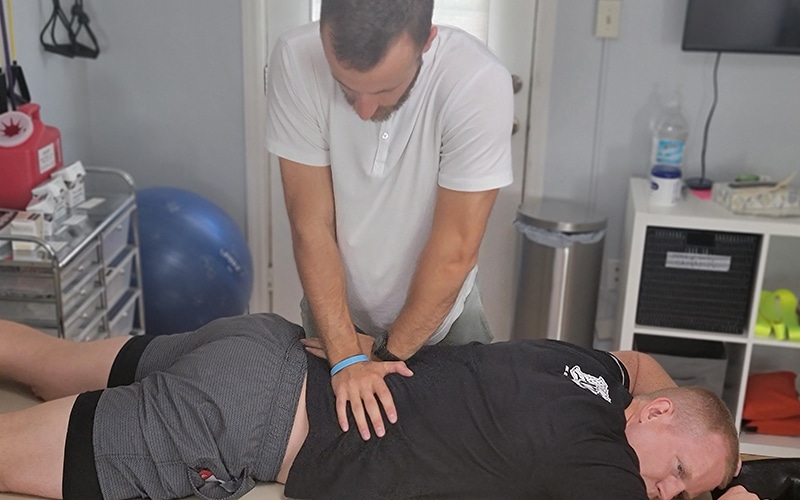
Work with your specialist every visit
Stop being handed off to trainees or non-Doctors for your Physical Therapy. At Pursuit, you'll work exclusively with your Doctor of Physical Therapy that specializes in your specific needs.
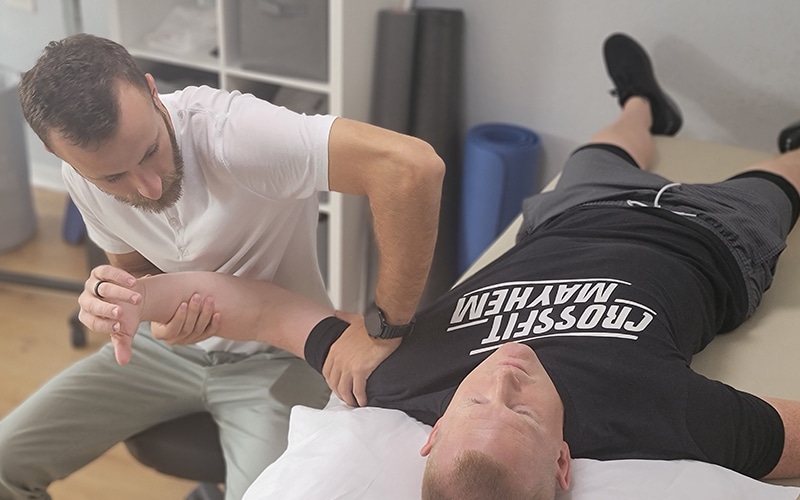
24/7 messaging access to your specialist
Ever have an issue or questions? We're here to help. Get 24/7 access to your specialist while you're under our care. Physical Therapy doesn't just happen when you're in our clinic, so we're here for you when you need us.
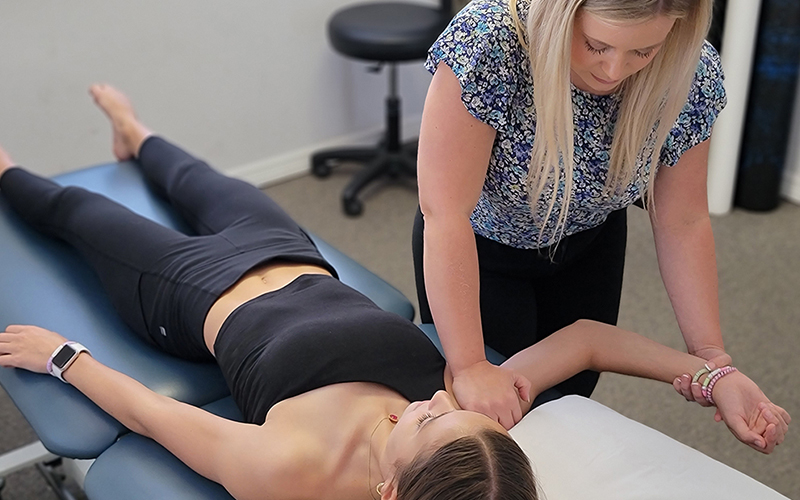
No waiting periods
Get off that waiting list and get the treatment you need. We're always ready to accept new patients, so you can get better faster and get back to a pain-free life that you deserve.
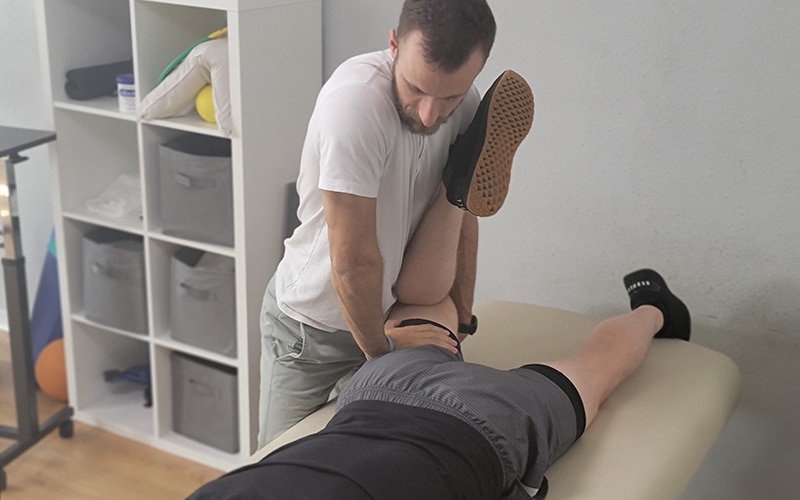
Not limited by insurance
Don't let the insurance companies tell you how much treatment you need. Avoid the limitations of short sessions that insurance provides and work with our Doctors when you need it and for as long as you need it.
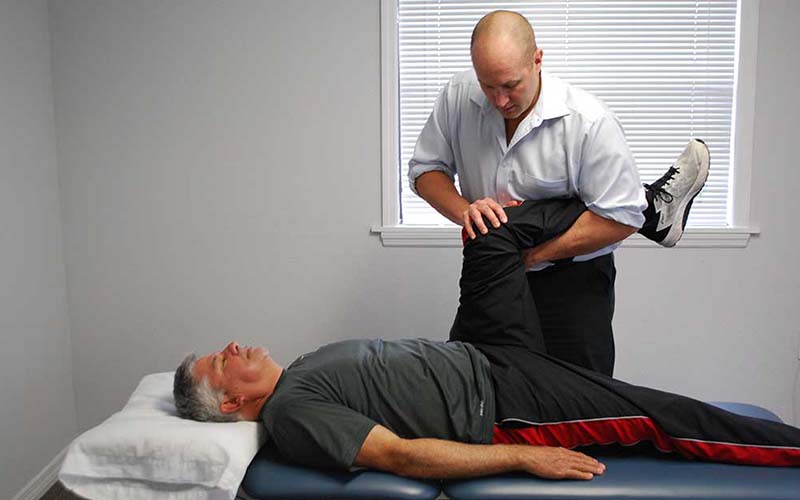
No painful injections, no expensive medications, no surgery
In order to truly solve your pain, we use a holistic approach to Physical Therapy, not relying on injections, medications, or surgery. Instead, we'll strengthen your body's weak points that are causing your pain.
MEET THE TEAM

RON MILLER, DPT, OCS, Cert DN
Doctor of Physical Therapy | Board Certified Orthopaedic Physical Therapy Clinical Specialist | Post-Doctoral Orthopaedic Residency Trained | Certified in Dry Needling | Titleist Performance Institute Certified
Dr. Ron Miller is the owner and founder of Pursuit Physical Therapy. His core belief is that it is not about the physician, the physical therapist, or the insurance company: it is about what is truly best for the patient. Dr. Miller started...

CAREY ROTHSCHILD, DPT, OCS, SCS, CSCS, CKTP
Doctor of Physical Therapy and Assistant Professor at the University of Central Florida | Board Certified Orthopaedic Clinical Specialist
| Board Certified Sport Clinical Specialist
Dr. Carey Rothschild is an Assistant Clinical Professor in the Doctor of Physical Therapy Program at the University of Central Florida. Dr. Rothschild earned a Bachelor of Health Science in Physical Therapy in 1999 from the University of Florida and a Doctor of Physical Therapy from Boston University in 2005...


MICHAEL FABRICK, DPT, Cert. DN
Doctor of Physical Therapy | Certified in Dry Needling | Pursuit Sports Performance Specialist | Professional Tennis Tour Physical Therapist
Dr. Michael Fabrick was born and raised in Hanover, Pennsylvania and attended Slippery Rock University where he received his Bachelor’s degree in Exercise Science. He then went on to receive his Doctorate Degree in Physical Therapy in May of 2020. During his final tenure as a Doctoral intern, he trained underneath Todd Ellenbecker, who is one of the world’s leading experts on shoulder rehabilitation and is the Vice President of Medical Services for the ATP World Tour...

MARYANN DANIELS, PT, MCMT, IDN
Physical Therapist | Dry Needling Certified | Mastery Certified In Manual Therapy | Pelvic Floor And Post Partum Specialist
Maryann was originally born in Connecticut but moved to Florida with her family at the age of 9 and she grew up in Jupiter, Florida. She then went to college at the University of Central Florida...


Kayla Cook, DPT, HSP, CSCS
Doctor of Physical Therapy | Hesch Sacroiliac Practitioner | Certified Strength And Conditioning Specialist | Ehlers-Danlos Syndrome Specialist | Volleyball Specialist
Dr. Kayla Cook was born and raised in Northern California and received her undergraduate degree in Kinesiology from California State University in Sacramento. She then received her Doctorate in Physical Therapy from The University of St Augustine for Health Sciences...
To Get A "Insider's Look" At Our Treatment Approach And How We Get Results...
Click Below To Watch Our Exclusive Webinar! It's Simple, Short, And It's Free!

- Learn The Essential First Step...So You Can Get Pain Free Again
- See Why Treatment Needs To Be Individualized, Not Standardized...So You Get Faster Results
- Learn How You Can Save Money...So You Don't Have To Waste $1000's On Unnecessary Treatments
BECOMING PAINFREE IS EASIER THAN YOU THINK

Step 1:
Call our expert team.

Step 2:
We’ll work with you to find and treat the root of your pain.

Step 3:
Get back to doing what you love.
